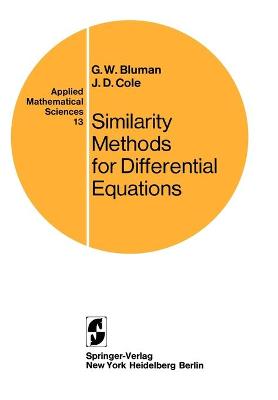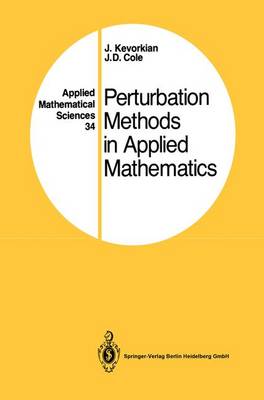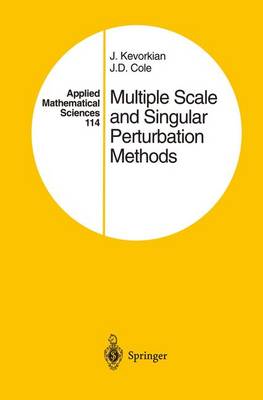Applied Mathematical Sciences
3 primary works
Book 13
The aim of this book is to provide a systematic and practical account of methods of integration of ordinary and partial differential equations based on invariance under continuous (Lie) groups of trans formations. The goal of these methods is the expression of a solution in terms of quadrature in the case of ordinary differential equations of first order and a reduction in order for higher order equations. For partial differential equations at least a reduction in the number of independent variables is sought and in favorable cases a reduction to ordinary differential equations with special solutions or quadrature. In the last century, approximately one hundred years ago, Sophus Lie tried to construct a general integration theory, in the above sense, for ordinary differential equations. Following Abel's approach for algebraic equations he studied the invariance of ordinary differential equations under transformations. In particular, Lie introduced the study of continuous groups of transformations of ordinary differential equations, based on the infinitesimal properties of the group. In a sense the theory was completely successful. It was shown how for a first-order differential equation the knowledge of a group leads immediately to quadrature, and for a higher order equation (or system) to a reduction in order. In another sense this theory is somewhat disappointing in that for a first-order differ ential equation essentially no systematic way can be given for finding the groups or showing that they do not exist for a first-order differential equation.
Book 34
This book is a revised and updated version, including a substantial portion of new material, of J. D. Cole's text Perturbation Methods in Applied Mathe matics, Ginn-Blaisdell, 1968. We present the material at a level which assumes some familiarity with the basics of ordinary and partial differential equations. Some of the more advanced ideas are reviewed as needed; therefore this book can serve as a text in either an advanced undergraduate course or a graduate level course on the subject. The applied mathematician, attempting to understand or solve a physical problem, very often uses a perturbation procedure. In doing this, he usually draws on a backlog of experience gained from the solution of similar examples rather than on some general theory of perturbations. The aim of this book is to survey these perturbation methods, especially in connection with differ ential equations, in order to illustrate certain general features common to many examples. The basic ideas, however, are also applicable to integral equations, integrodifferential equations, and even to_difference equations. In essence, a perturbation procedure consists of constructing the solution for a problem involving a small parameter B, either in the differential equation or the boundary conditions or both, when the solution for the limiting case B = 0 is known. The main mathematical tool used is asymptotic expansion with respect to a suitable asymptotic sequence of functions of B.
Book 114
Multiple Scale and Singular Perturbation Methods
by J.K. Kevorkian and J D Cole
Published 15 May 1996
This book is a revised and updated version, including a substantial portion of new material, of our text Perturbation Methods in Applied Mathematics (Springer Verlag, 1981). We present the material at a level that assumes some familiarity with the basics of ordinary and partial differential equations. Some of the more advanced ideas are reviewed as needed; therefore this book can serve as a text in either an advanced undergraduate course or a graduate-level course on the subject. Perturbation methods, first used by astronomers to predict the effects of small disturbances on the nominal motions of celestial bodies, have now become widely used analytical tools in virtually all branches of science. A problem lends itself to perturbation analysis if it is "close" to a simpler problem that can be solved exactly. Typically, this closeness is measured by the occurrence of a small dimensionless parameter, E, in the governing system (consisting of differential equations and boundary conditions) so that for E = 0 the resulting system is exactly solvable. The main mathematical tool used is asymptotic expansion with respect to a suitable asymptotic sequence of functions of E. In a regular perturbation problem, a straightforward procedure leads to a system of differential equations and boundary conditions for each term in the asymptotic expansion. This system can be solved recursively, and the accuracy of the result improves as E gets smaller, for all values of the independent variables throughout the domain of interest. We discuss regular perturbation problems in the first chapter.


